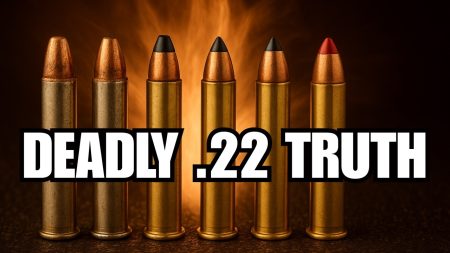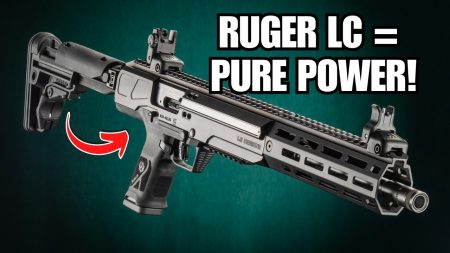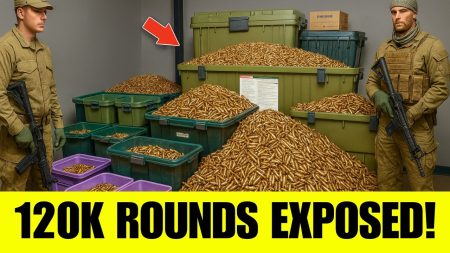During World War II, armored combat came into its own. From the German blitzkreig to American mass production, all aspects of tanks dramatically shaped strategies, tactics and battle outcomes with reverberations still felt today.
Following their Nazi partners into Poland, the communists of the Soviet Union helped to kick off the Second World War and this new armored warfare. After the Germans double-crossed their Russian friends, the Soviets entered into a desperate battle of attrition in which they produced an extraordinary number and variety of tanks.
Many see the Soviet tanks as designs that combined simplicity, ease of production and reliability, frequently with weaponry that matched or bested their German counterparts. Due to the purges under both Lenin and Stalin, the USSR lacked the same skilled labor and engineers that the West enjoyed. Nevertheless, necessity proved to be the mother of invention.
Here are the major tanks fielded by the Soviet Union during WWII.
T-26 Light Infantry Tank
Developed during the interwar period, the T-26 tank entered service in the early 1930s. It first saw action during the Spanish Civil War and was the USSR’s primary infantry support tank at the beginning of World War II. It had relatively thin armor and quickly became obsolete against newer, better-armored German vehicles encountered after 1941.
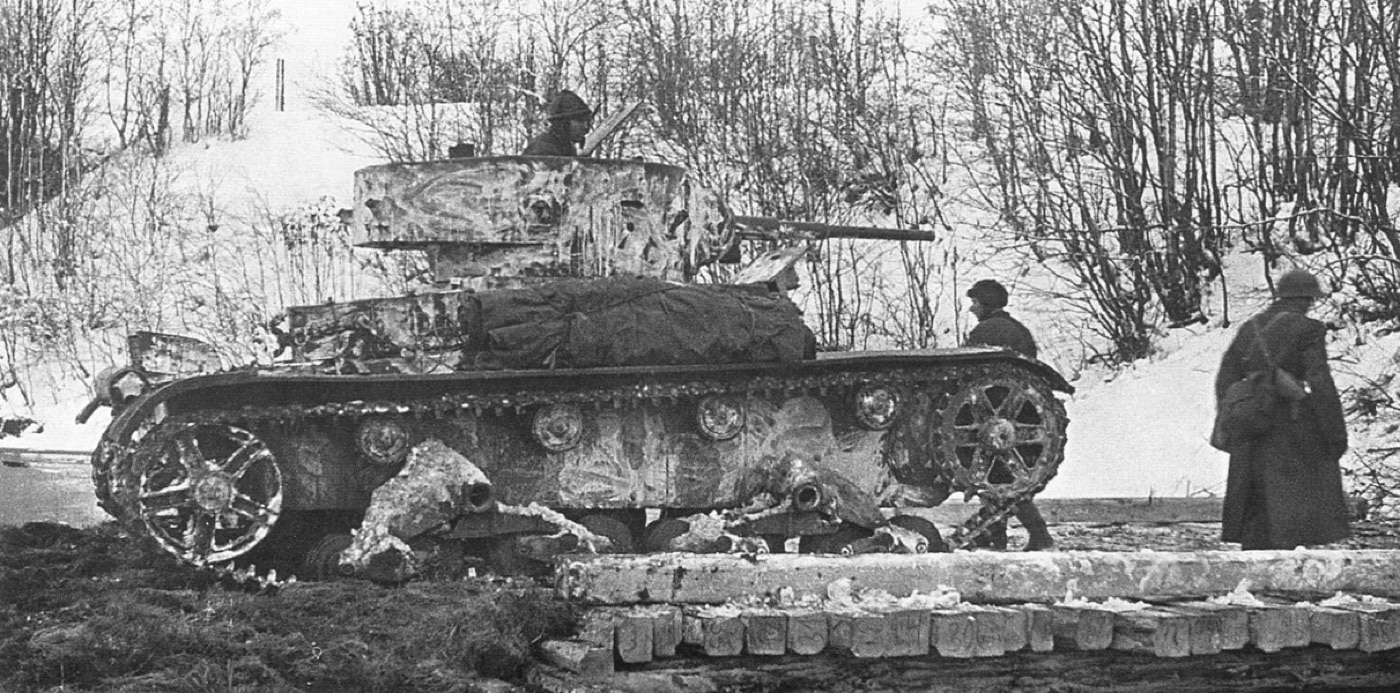
However, the T-26 served in massive numbers during early battles, heavily involved during the winter battles of 1941–42 despite significant losses. It also saw use during the Winter War when the Soviet Union invaded Finland.
T-28 Medium Tank
The Soviet T-28 was a multi-turreted medium tank introduced during the early 1930s, primarily designed to support infantry attacks and breakthrough enemy defensive line positions. Armed with a main turret-mounted 76.2 mm gun and several smaller machine-gun turrets, the T-28 featured relatively advanced armor and firepower for its time.
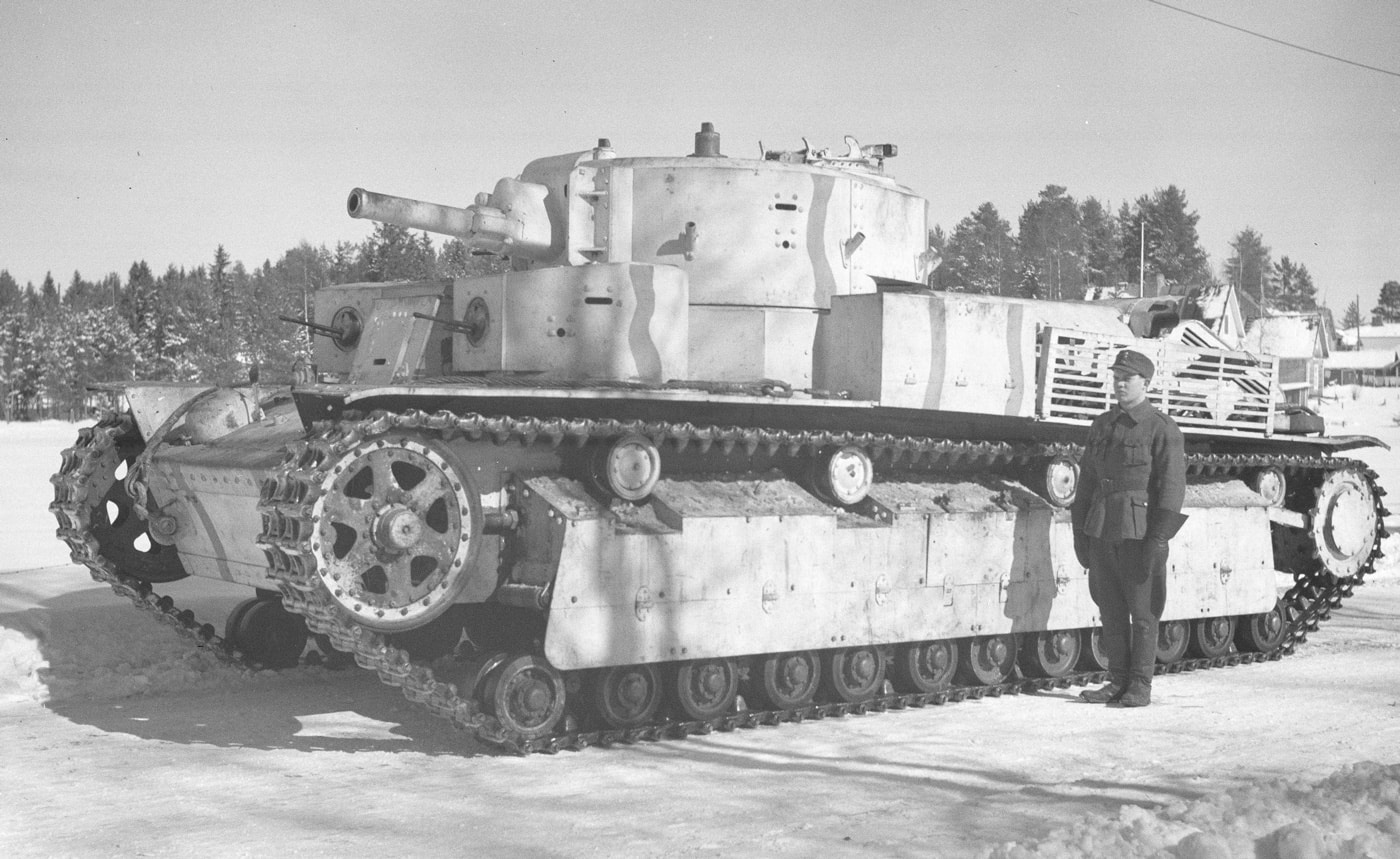
Although innovative when first introduced, by 1941 it was largely obsolete and vulnerable during the German invasion.
T-34 Medium Tank
The Russian T-34 medium tank emerged as arguably the most iconic and effective tank of World War II. Equipped initially with a 76.2 mm main gun, the T-34 boasted a combination of sloping thick armor, mobility, reliability and firepower. Its effective design caught the Wermacht by surprise, effectively countering the German Panzer III and IV tanks.
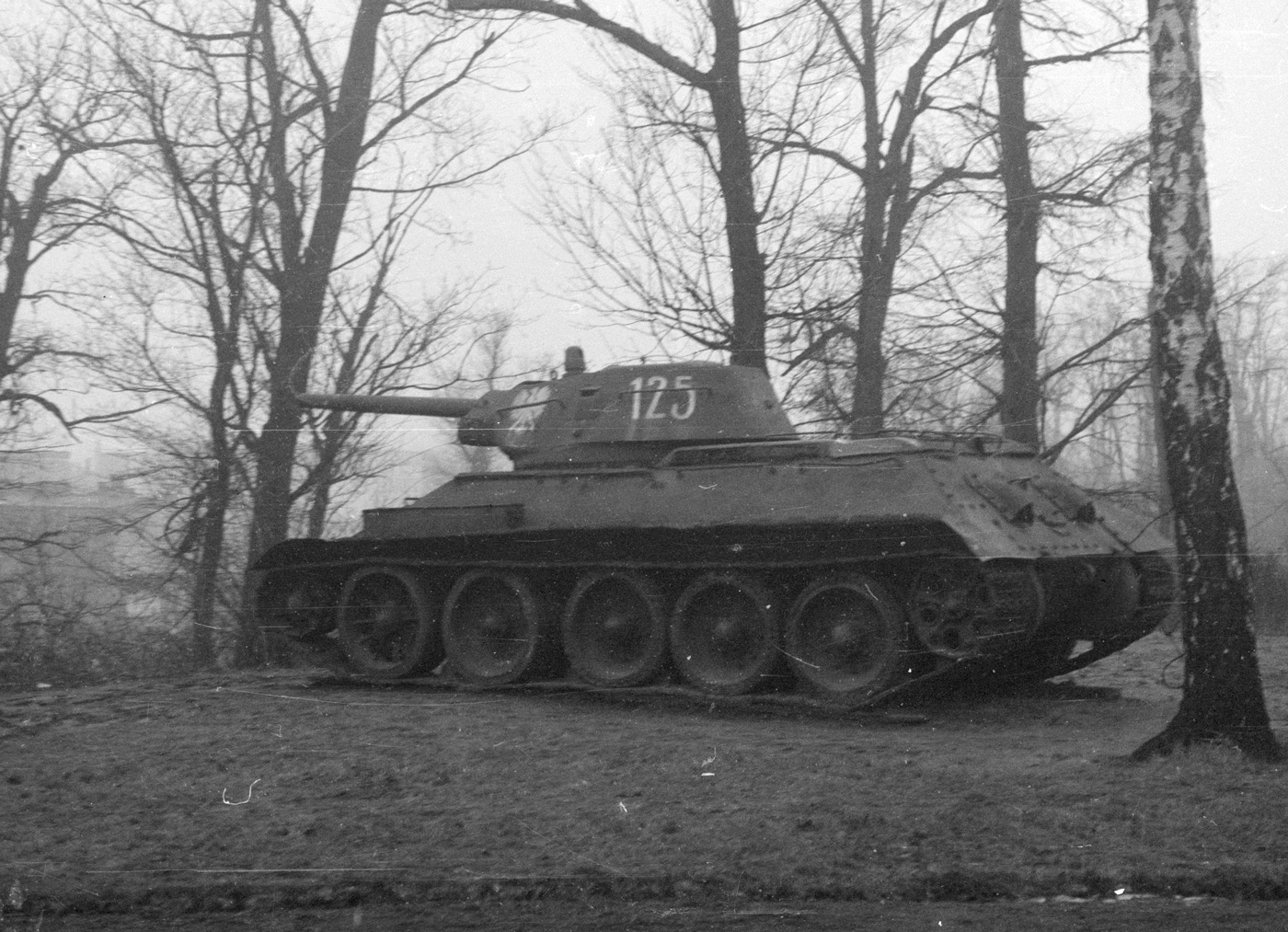
Produced in vast numbers — more than 57,000 units by the war’s end — the T-34 overwhelmed enemy forces through sheer numerical superiority and rugged capability. Later tanks were equipped with more powerful 85mm guns and were designated as the T-34/85 tank.
T-35 Heavy Tank
The Soviet T-35 was a heavy, multi-turreted tank introduced in the early 1930s intended for operational breakthroughs against enemy fortified defensive positions. Distinctive for its size and complexity, the T-35 featured one large central turret mounting a 76.2 mm main gun, with additional smaller turrets carrying either machine guns or smaller-caliber cannons.
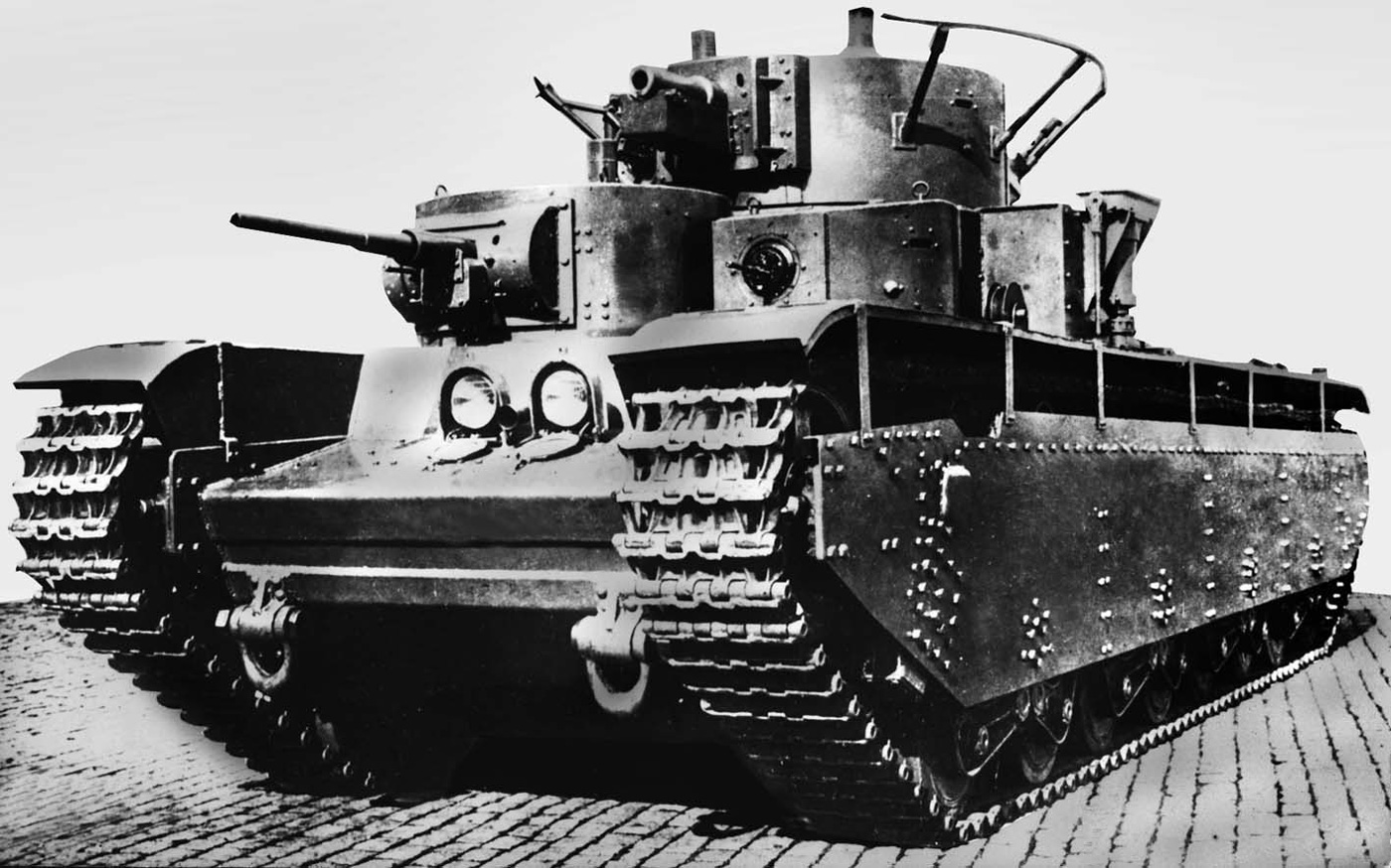
Although visually impressive and intimidating on parade, the T-35 proved mechanically unreliable, excessively complex to operate and maintain, and had minimal combat effectiveness when it faced German forces during early stages of World War II.
BT Tanks
The BT series, including the BT-5 and BT-7 “fast tanks,” were designed with revolutionary Christie suspension systems to achieve exceptional mobility. These tanks performed best in open terrain, providing reconnaissance and rapid blitz-style movement during initial battles. However, their thin armor proved insufficient against modern German anti-tank guns and tanks, exposing their vulnerability in early war encounters.
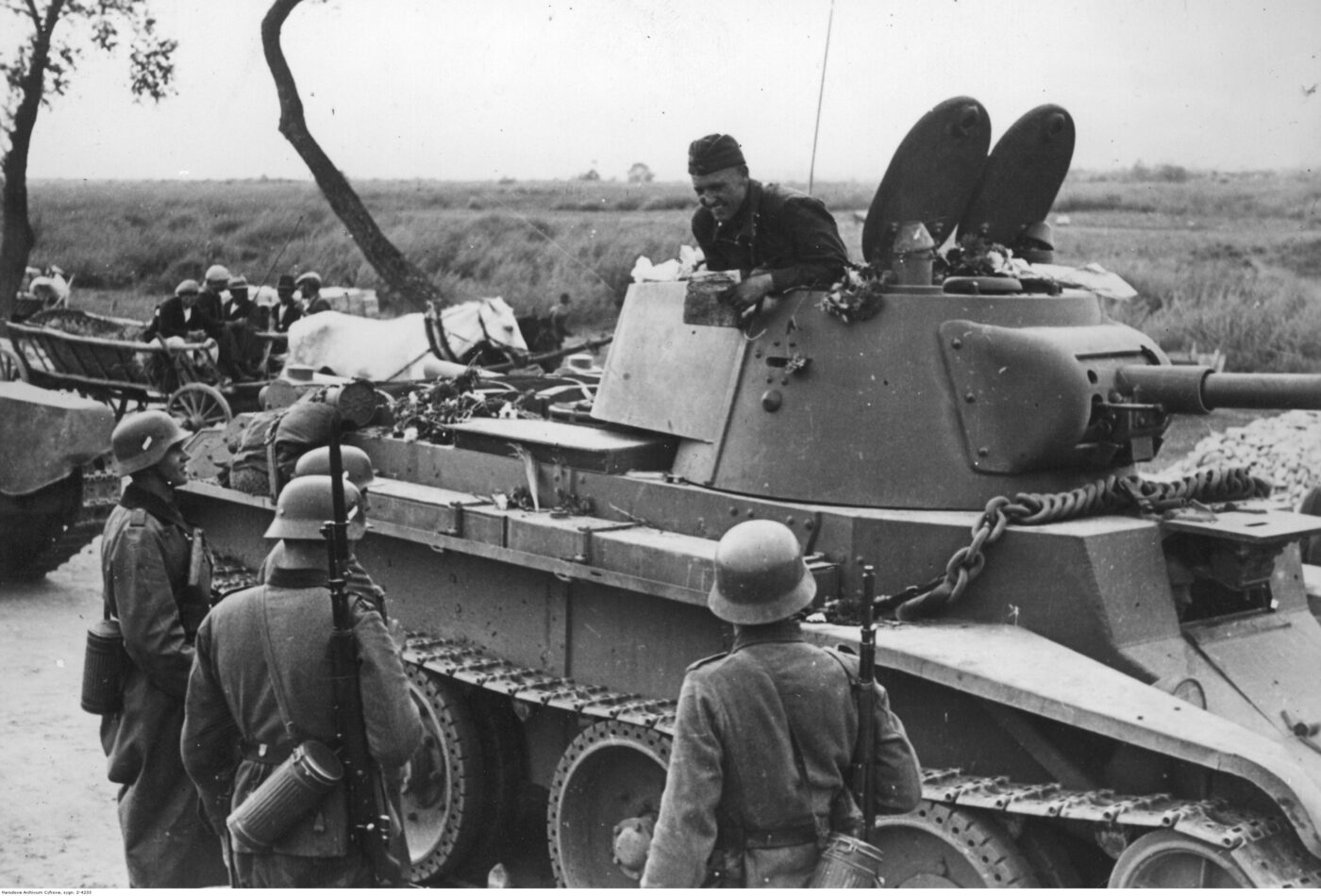
Despite limitations, BT tanks significantly influenced tank development, serving as predecessors to more capable future designs like the legendary T-34. Experiences gained with BT tanks directly influenced Soviet armor doctrine and tactics, emphasizing speed, range, and maneuverability, factors key in later tanks’ successes.
KV-1 Heavy Tank
Kliment Voroshilov, or KV, tanks were heavy tanks that further altered armored vehicle combat. The first of these tanks, the KV-1, entered combat during Operation Barbarossa. The tank’s thick armor was nearly impervious to early German anti-tank weaponry. It featured a powerful 76.2 mm main gun in its turret, the KV-1 allowed Soviet tank crews to engage German armored columns confidently at closer ranges. It significantly challenged German morale and combat effectiveness in the early stages of the war.
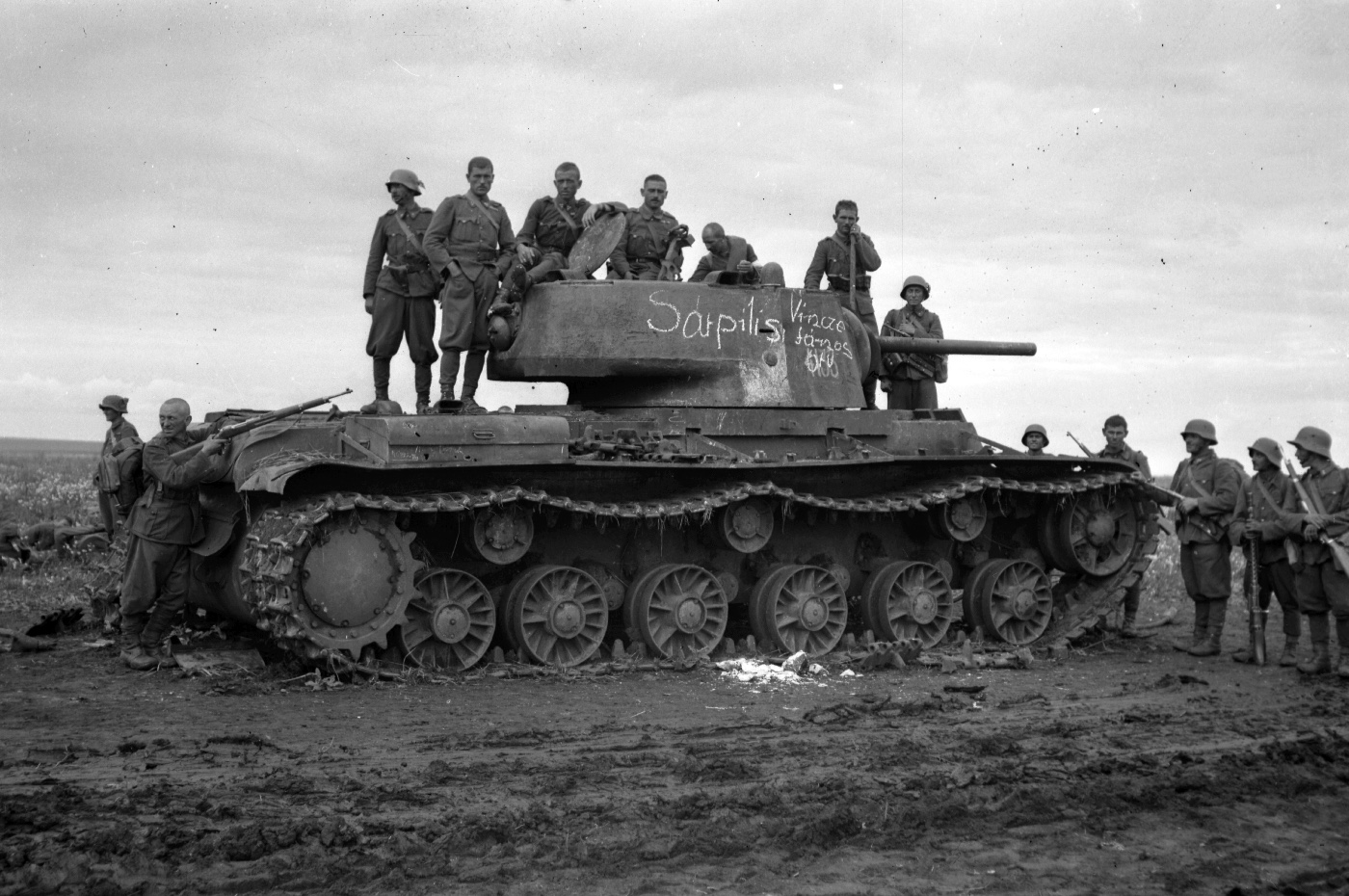
While formidable, the KV-1 was somewhat hampered by mechanical unreliability, limited mobility, and slow speed. These operational constraints eventually prompted the design of newer heavy tanks like the IS series, transitioning KV tanks out of production by 1943.
KV-2 Heavy Assault Tank
The KV-2 tank was the next model in the KV series, mounting a massive turret and a devastating 152 mm howitzer, perfect for bunker-busting. Its appearance in combat posed a considerable psychological and tactical shock to German forces. However, related trade-offs in mobility and excessive weight severely limited its functionality in maneuver warfare settings.
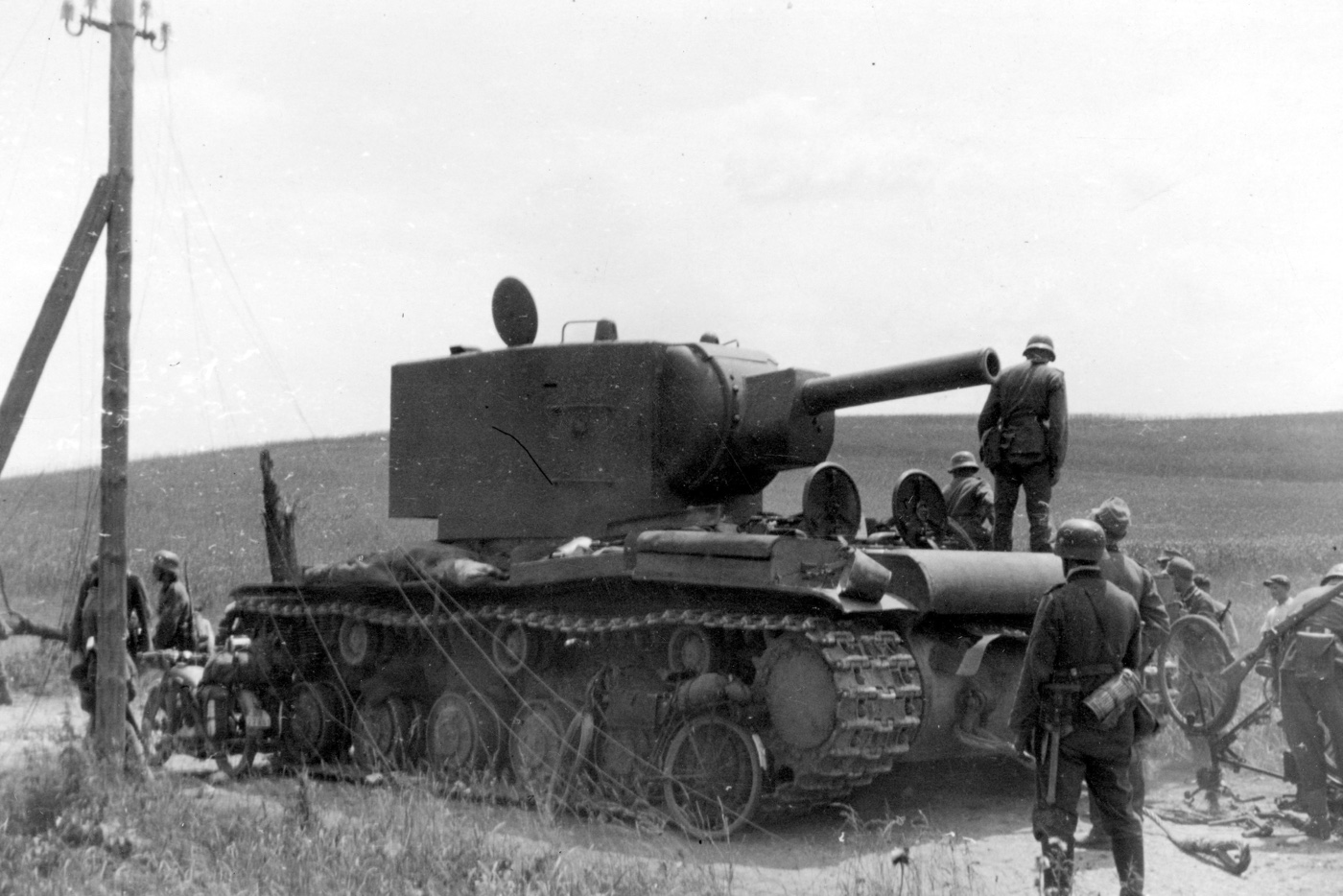
Due to their immense dimensions, weight, and mechanical limitations, KV-2 tanks were produced in limited numbers: less than 400 in the best estimates. Ultimately phased out in favor of more versatile and capable armored vehicles, KV-2 tanks nonetheless held noteworthy symbolic value and underscored Soviet willingness to experiment with extreme tanks designs.
T-40 Amphibious Tank
The Soviet T-40 was a light amphibious reconnaissance tank developed and produced by the Soviet Union shortly before and during the early stages of World War II. Entering service in 1940, the T-40 was primarily intended for reconnaissance and infantry support roles, featuring thin armor ranging from approximately 6 to 13 mm, which provided minimal protection against enemy anti-tank weapons. It was armed with a single 12.7 mm DShK heavy machine gun, mounted in a small, conical turret.
Powered by an 85-horsepower GAZ-202 gasoline engine, the T-40 could reach speeds up to 44 km/h (27 mph) on roads and about 6 km/h (3.7 mph) in water, enabled by a rear-mounted propeller and hull design optimized for flotation. Its amphibious capability allowed it to cross rivers and lakes without external assistance, crucial during the Soviet Union’s engagements in marshy or river-heavy terrain. However, due to its light armament and vulnerability, production was halted by late 1941 after approximately 220 units were built, with the Soviets shifting their focus to better-armored and more heavily armed designs such as the T-60.
T-44 Tank
The Soviet T-44 was a medium tank developed by the Soviet Union near the end of World War II, entering service in late 1944. Designed as a successor to the famous T-34, the T-44 featured significant improvements, including enhanced armor protection ranging from 15 mm up to 120 mm and a streamlined, compact hull design. It was equipped with an 85 mm ZiS-S-53 main gun and two 7.62 mm DT machine guns — one coaxial and one mounted in the hull.
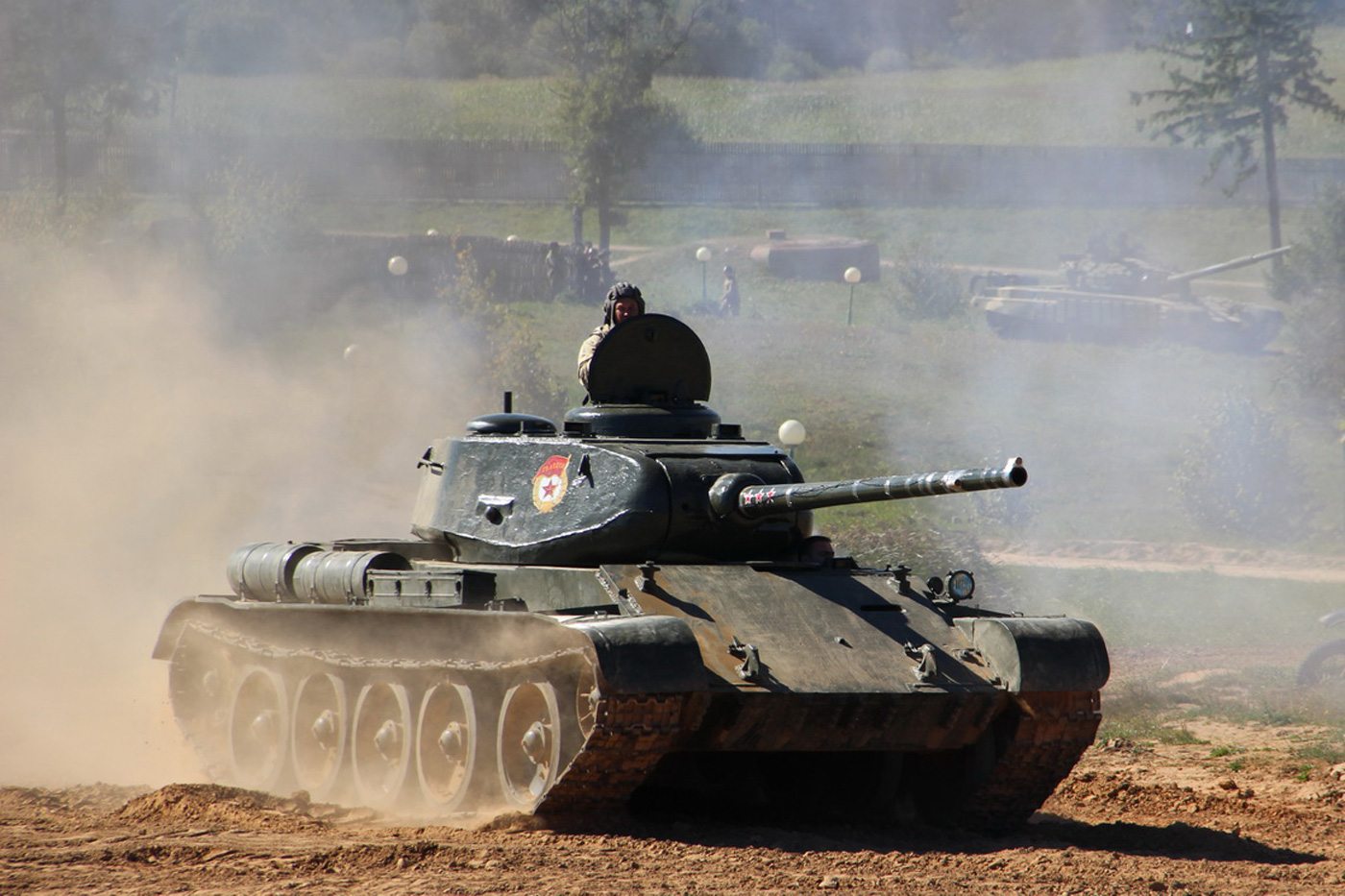
Powered by a V-44 diesel engine producing about 520 horsepower, the T-44 achieved road speeds of up to 53 km/h (33 mph), offering better mobility than its predecessor. However, due to initial mechanical issues and wartime production constraints, fewer than 2,000 units were produced. While the T-44 saw limited combat use in WWII, it served as an important transitional vehicle, directly influencing the design of the iconic T-54/T-55 tank series that followed.
T-60 Light Tank
The Soviet T-60 was a light scout tank developed and manufactured by the Soviet Union during World War II, entering service in late 1941. It was designed to quickly replace earlier, lightly armored reconnaissance vehicles like the amphibious T-40, which proved inadequate in combat. The T-60 featured improved armor protection (ranging from 7 mm up to 20 mm thick), and was armed with a 20 mm TNSh autocannon and a coaxial 7.62 mm DT machine gun housed within a small turret.

Powered by a GAZ-202 gasoline engine delivering approximately 70 horsepower, the T-60 could reach road speeds up to 44 km/h (27 mph). Although better armored and armed than the T-40, the T-60 was still vulnerable to enemy anti-tank weapons, and its autocannon struggled against thicker German tank armor. Production continued until late 1942, with around 5,900 units produced. Eventually, it was succeeded by more capable models such as the T-70.
T-70 Light Tank
The Soviet T-70 was a light infantry support tank introduced by the Soviet Union in early 1942, designed to overcome the limitations of the earlier T-60 tank. Featuring thicker armor protection ranging from 10 mm to 60 mm, the T-70 offered significantly better survivability on the battlefield. It was armed with a 45 mm Model 1938 main gun and a coaxial 7.62 mm DT machine gun mounted in a one-man turret.
Powered by two coupled GAZ-202 gasoline engines delivering a combined output of approximately 140 horsepower, the T-70 achieved road speeds of up to 45 km/h (28 mph). Approximately 8,200 units were built before production ended in late 1943. While the T-70 was effective against infantry, light vehicles, and lightly armored targets, its cramped single-crew turret significantly reduced combat efficiency. It was eventually phased out in favor of more versatile and powerful designs, most notably the T-34 medium tank.
IS Series — Joseph Stalin Tanks
Introduced later in the war, the IS-series heavy tanks (IS-1 and IS-2) were designed to counter increasingly capable German armor like the Panther and Tiger tanks. The IS-2 especially, armed with a powerful 122 mm main gun, combined formidable armor thickness and immense firepower in a vehicle optimized for breakthrough tactical operations. Their massive firepower allowed Soviet forces to decisively engage and destroy heavily armored opponents at longer distances.

Despite limited production compared to the T-34, the IS-series heavy tanks provided crucial psychological support and tactical advantage during offensives in later war stages, particularly during major Soviet offensives into Eastern Europe and Germany. These tanks became powerful symbols of the growing Soviet armored warfare capacity in the final stages of the conflict.
SU Series (Self-Propelled Guns)
While not traditional turreted tanks, Soviet self-propelled guns — such as the SU-76, SU-85, SU-100, SU-122, and SU-152 — deserve mentioning due to their robust role in Soviet armored formations. These armored fighting vehicles carried potent guns mounted in turretless hulls, optimizing them as infantry support, tank destroyers, and bunker-busters. They proved economical to produce, effective in combat, and tactically flexible on the battlefield.
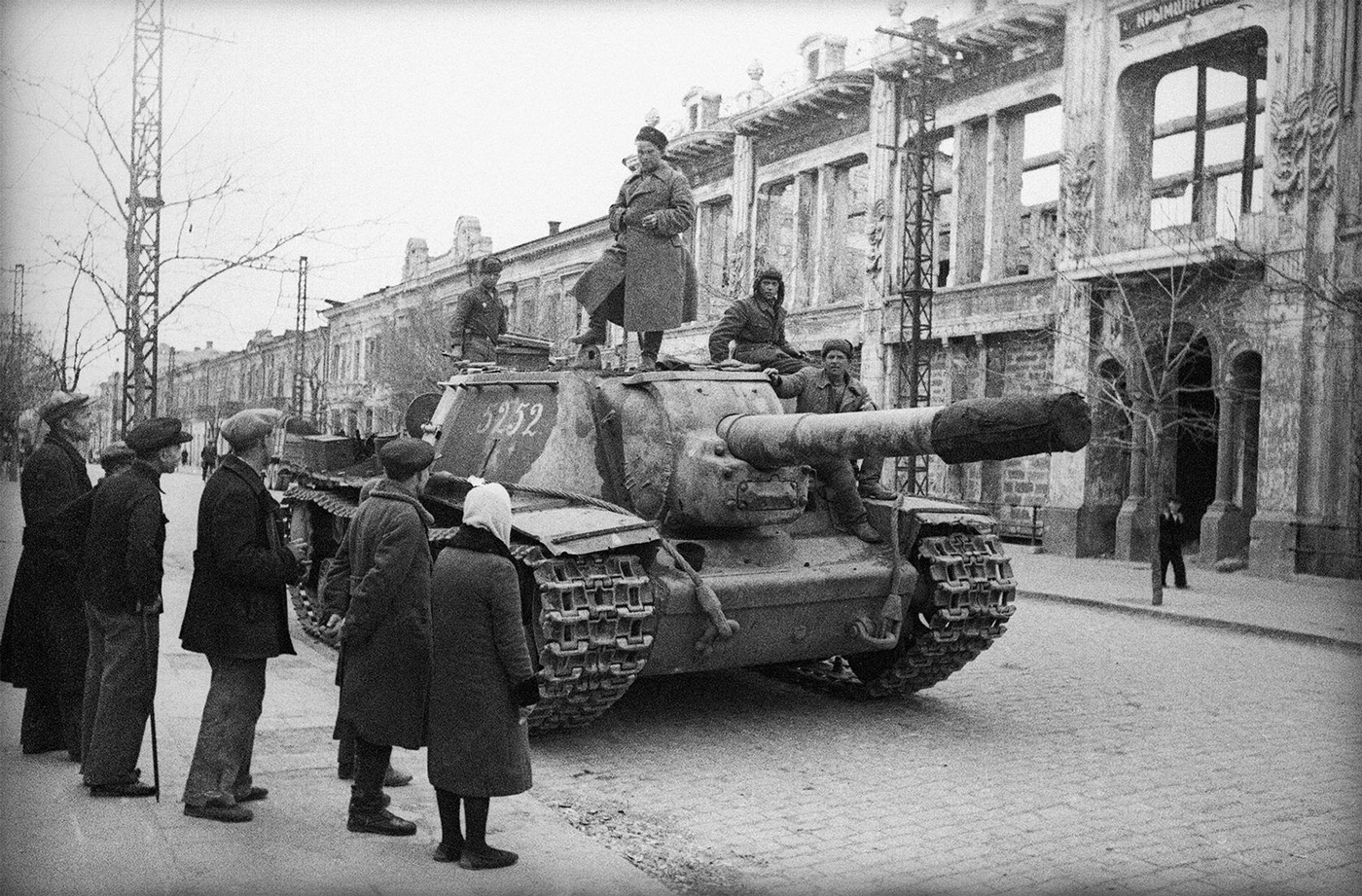
The success of vehicles like the SU-152 (“Beast Killer”) in effectively combating heavy German armor contributed significantly towards halting German armored attacks and launching successful Soviet offensive operations. SU series vehicles greatly enhanced the Red Army’s combined-arms effectiveness late in the war, demonstrating versatility and strength in numbers.
Conclusion
The Soviet Union’s tanks during World War II reflected a wartime economy that emphasized simple designs, rapid production and effective firepower. Tanks like the T-34 and later IS-series set global benchmarks in tank warfare, influencing military doctrine and armored vehicle production well into the Cold War.
Ironically, the effectiveness, quantity, and purposeful design of Soviet armor played an indispensable role in the eventual defeat of Axis forces in the Second World War — a war they teamed up with Germany to start.
Editor’s Note: Please be sure to check out The Armory Life Forum, where you can comment about our daily articles, as well as just talk guns and gear. Click the “Go To Forum Thread” link below to jump in!
Join the Discussion
Read the full article here





